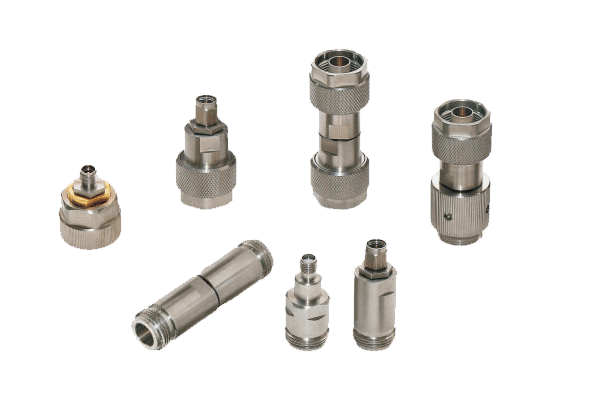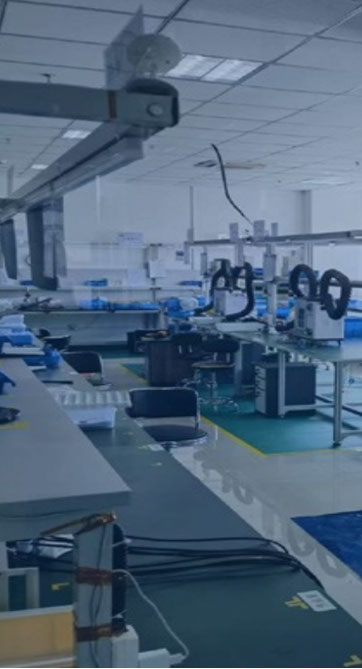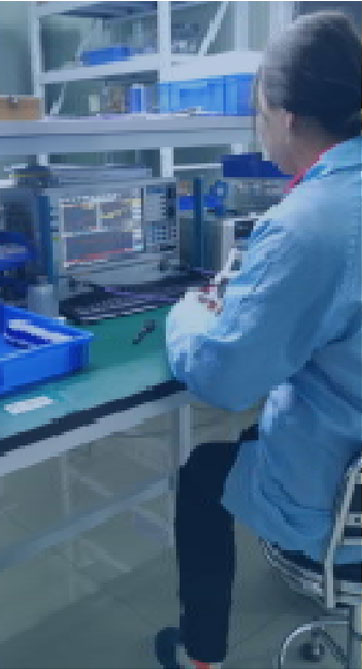
Pin diode components are considered indispensable in advanced RF applications because of their core operational properties Their ability to operate with fast state changes and low capacitance while maintaining minimal insertion loss fits them to switching modulation and attenuation tasks. The fundamental operating principle of PIN diode switching rests on adjusting current flow with a control bias. That voltage alters the depletion region width in the p n junction thereby changing conductivity. Modifying the applied bias permits PIN diodes to function at high frequencies with minimal signal distortion
When precise timing and control are needed PIN diodes are frequently embedded within advanced circuit configurations They operate within RF filter topologies to control the passing or blocking of chosen frequency bands. Moreover their high-power handling capability renders them suitable for use in amplification division and signal generation stages. Miniaturized high-efficiency PIN diodes now find more applications in wireless and radar technologies
Analyzing the Performance of Coaxial Switch Designs
Developing coaxial switches is complicated and depends on careful analysis of key parameters Coaxial switch effectiveness depends on the switch kind frequency of operation and insertion loss metrics. Minimizing insertion loss and enhancing isolation are primary goals for coaxial switch engineering
Assessment of switch performance typically measures metrics including return loss insertion loss and isolation. Performance figures are derived from simulation modeling theoretical analysis and empirical testing. Detailed and accurate analysis underpins reliable functioning of coaxial switches in various systems
- Analytical methods simulation packages and experimental testing are standard approaches to coaxial switch analysis
- Temperature fluctuations impedance mismatch and manufacturing inconsistencies can strongly alter switch performance
- Recent advances emerging trends and novel developments in coaxial switch design focus on improving metrics while reducing size and power use
Strategies to Optimize LNA Performance
Optimizing the LNA’s gain efficiency and operational performance is central to maintaining signal integrity It requires selecting suitable transistors setting optimal bias conditions and choosing the right topology. Effective LNA designs minimize internal noise and maximize clean signal gain with little distortion. Simulation modeling and analysis tools are indispensable for assessing how design choices affect noise performance. Securing a low Noise Figure indicates superior capability to amplify while adding little noise
- Choosing transistors with inherently low noise characteristics is critically important
- Using appropriate optimal bias schemes is important to control transistor noise
- The overall noise outcome is greatly affected by the selected circuit topology
Approaches such as matching networks noise suppression and feedback loops help improve LNA behavior
Signal Switching Using Pin Diodes

Pin diode switches provide a versatile and efficient approach for routing RF signals across applications Such semiconductor switches toggle quickly between states to permit dynamic control of signal routes. Low insertion loss combined with excellent isolation is a primary advantage that reduces signal degradation. Common uses encompass antenna selection duplexers and phased array implementations
Operation relies on changing the device resistance via applied control voltage to switch paths. The deactivated or off state forces a high resistance barrier that blocks RF signals. Applying a forward control voltage lowers the diode’s resistance enabling signal transmission
- Moreover PIN diode switches combine quick transitions low consumption and compact form factors
Multiple configurable architectures and design schemes of PIN diode switches facilitate complex routing operations. Strategic interconnection of many switches yields configurable switching matrices for versatile path routing
Performance Efficacy Assessment of Coaxial Microwave Switches

Extensive testing and evaluation are important to ensure coaxial microwave switches operate optimally in complex systems. Multiple determinants including insertion reflection transmission loss isolation switching speed and operating bandwidth shape performance. Complete assessment involves quantifying parameters over diverse operational and environmental test conditions
- Further the testing should consider reliability robustness durability and capability to withstand harsh environmental factors
- Ultimately findings from a thorough evaluation yield critical valuable essential insights and data for selecting designing and optimizing switches for targeted uses
Minimizing Noise in LNA Circuits A Comprehensive Review
Low noise amplifier circuits are essential components in many wireless radio frequency and RF communication systems because they amplify weak signals while limiting added noise. This review gives a broad examination analysis and overview of methods to lower noise in LNAs. We investigate explore and discuss chief noise sources including thermal shot and flicker noise. We additionally assess noise matching feedback architectures and optimal bias strategies to curtail noise. It showcases recent advancements such as emerging semiconductor materials and creative circuit concepts that reduce noise figures. With a complete overview of noise minimization principles and methods the review supports the design of high performance RF systems by researchers and engineers
High Speed Switching Applications for PIN Diodes

PIN diodes display exceptional unique and remarkable characteristics making them suitable for high speed switching Low parasitic capacitance and small resistance enable quick switching to handle precise timing requirements. Additionally PIN diodes show a linear adaptive response to voltage facilitating accurate amplitude modulation and switching behavior. The combination of adaptability versatility and flexibility makes them suitable applicable and appropriate across many high speed applications They find use in optical communications microwave circuitries and signal processing devices and equipment
Integrated Circuit Solutions for Coaxial Switching
Coaxial switch integrated circuits deliver improved signal routing processing and handling within electronic systems circuits and devices. Such integrated circuits are built to control manage and direct signal flow over coaxial lines while delivering high frequency performance and low propagation or insertion latency. The miniaturized nature of IC technology produces compact efficient reliable and robust designs suitable for dense interfacing integration and connectivity demands
- With careful meticulous and rigorous execution of these strategies designers can obtain LNAs exhibiting excellent noise performance for sensitive reliable systems With careful meticulous and rigorous execution of these strategies designers can obtain LNAs exhibiting excellent noise performance for sensitive reliable systems By meticulously carefully and rigorously applying these methods developers can produce LNAs with superior noise performance enabling sensitive reliable electronics With careful meticulous and rigorous deployment of these approaches developers can accomplish LNAs with outstanding coaxial switch noise performance enabling trustworthy sensitive electronics
- Applications cover telecommunications data networking and wireless communication systems
- Integration of coaxial switch ICs serves aerospace defense and industrial automation industries
- Application examples include consumer electronics audio video products and test measurement systems
Considerations for LNA Design at Millimeter Wave Frequencies

mmWave LNA challenges include significant signal attenuation and greater sensitivity to noise sources. At high mmWave frequencies parasitic capacitances and inductances can dominate requiring precise layout and part selection. Keeping input mismatch low and power gain high is critical essential and important in mmWave LNA designs. Active device choice, e g HEMTs GaAs MESFETs InP HBTs, is critical for low noise performance at mmWave. Moreover the implementation and tuning of matching networks is critical to achieving efficient power transfer and correct impedance matching. Careful management of package parasitics is necessary to prevent degradation of mmWave LNA performance. Adopting low loss transmission media and careful ground plane strategies is essential necessary and important to cut reflections and retain bandwidth
Modeling Strategies for PIN Diode RF Switching
PIN diodes serve as important components elements and parts within a variety of RF switching applications. Accurate precise and detailed characterization of these devices is essential for designing developing and optimizing reliable high performance circuits. The work involves analyzing evaluating and examining electrical characteristics like voltage current resistance impedance and conductance. Also measured are frequency response bandwidth tuning abilities and switching speed latency or response time
Moreover additionally furthermore creating accurate models simulations and representations for PIN diodes is crucial essential and vital to forecast behavior in RF systems. Numerous available modeling techniques include lumped element distributed element and SPICE approaches. Model selection is guided by specific application requirements and the desired required expected accuracy
Sophisticated Techniques to Achieve Minimal LNA Noise
LNA design is a critical undertaking that demands precise attention to topology and parts selection to achieve low noise. Recent emerging and novel semiconductor progress has enabled innovative groundbreaking sophisticated design approaches that reduce noise markedly.
Key techniques include employing utilizing and implementing wideband matching networks incorporating low noise high gain transistors and optimizing biasing schemes strategies and approaches. Additionally furthermore moreover advanced packaging and thermal management techniques are important to lower external noise sources. With careful meticulous and rigorous deployment of these approaches developers can accomplish LNAs with outstanding noise performance enabling trustworthy sensitive electronics
